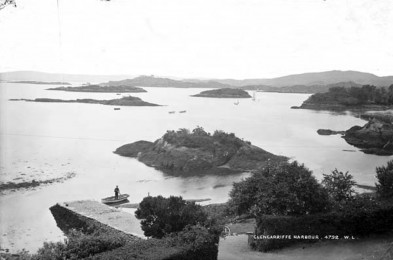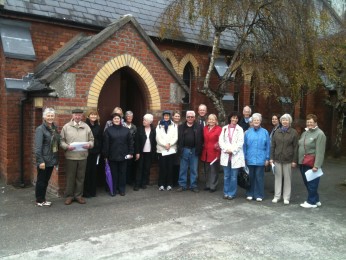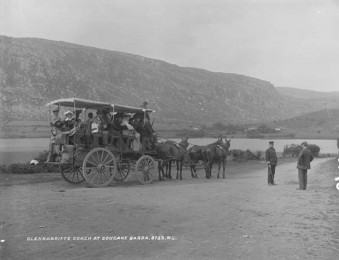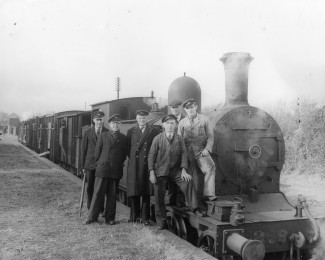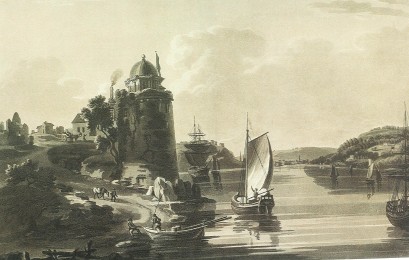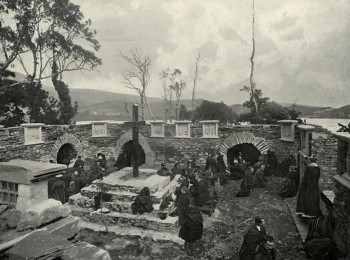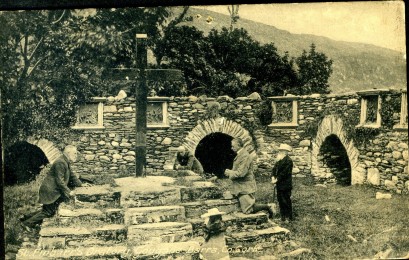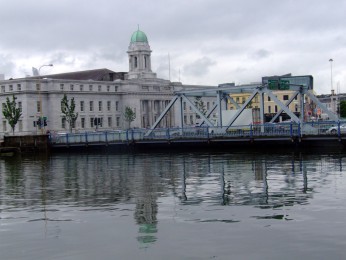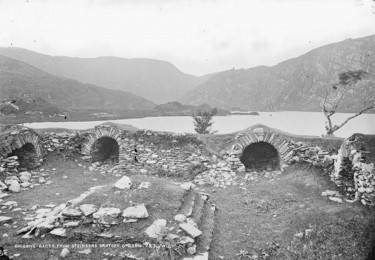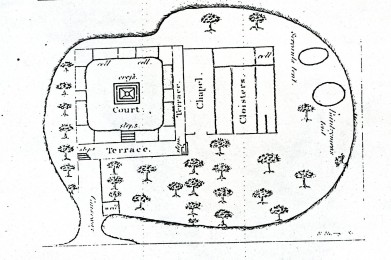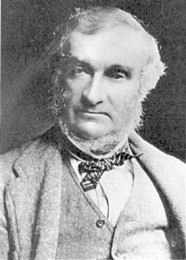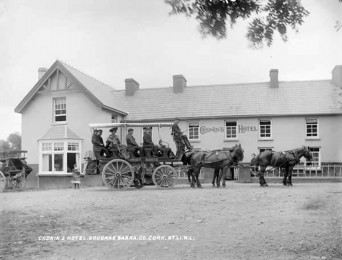
Kieran’s Our City, Our Town Article,
Cork Independent, 27 October 2011
In the Footsteps of St. Finbarre (Part 272)
Tracking Tourism
During my time with my historical exhibition on the pilgrimage island in Gougane Barra, I watched many cars coming and going into the space. Indeed, there was always at least one car parked in front of the gates to the island and always at least one person on the island exploring it. For those I met not from Ireland, many spoke about how they heard of the place. The responses ranged from word of mouth to seeing a picture of St. Finbarr’s Oratory.
Last week the column spoke about the work of Fr. Patrick Hurley, the parish priest of Uibh Laoghaire, who in the first decade of the 1900s, pursued work on opening the region up to more tourists. Indeed it strikes me how difficult a journey it must have been to get to a place such as Gougane Barra before the age of cars. Certainly in the age when tourism became an element in Gougane Barra’s story the Lawrence photographs from the National Library show the slow journey through the landscape on a coach drawn by horses. On these the tourist was not protected from the elements and was also exposed to twisting trackways and untarred roads.
Gougane Barra’s tourism potential was subsequently fuelled by the growth of horse drawn coaches, motor cars, and rail to Macroom. With the growth in automobile traffic, subsequent accounts of the Gougane Sunday ceremonies in particular record large numbers of cars. The Southern Star records on 3 October 1925 (p.2): The fringe of the lake, on which a fine embankment has been built on the near side since last year, was lined with hundreds of motor cars, lorries and charabanes, many hailing from long distances…in the old days the toilsome journey was accomplished by taking the train from Cork to Macroom and thence to Gougane on outside cars, wagonetts etc…on Sunday last the train was a neglible factor in the arrangements and probably not one dozen of the passengers were destined for Gougane. Most of the visitors came in motor cars, and it may be remarked that the celerity with which these conveyances accomplish their journeys has had the effect of tremendously increasing the patrons of the public on the occasion of the celebration of St. Finbarr’s Feast.”
An article in the Southern Star on 3 September 1938 (p.8) gives an insight into the journey of traffic at that time: “It is probably one of the few roads in Ireland where turns are banked on the right-hand side. Accordingly drivers must slow when rounding corners. It is rumoured in responsible quarters that an additional grant from government funds has been allocated for continuation of the work as far as Gougane Barra, such a grant to include cutting of turns, etc. If this proves correct, there will then remain only about six miles of untarred road connecting Cork with Glengarriff on this route.”
The opening of areas such as Gougane Barra for more tourism was also driven by the Irish Free State’s Irish Tourist Association. This was established in 1925 to market the young Irish Free State as a tourist destination internationally. This body had some of their work on display at the 1932 Irish Industrial and Agricultural Fair on the Carrigrohane Straight Road in Cork (see previous columns). An article under Irish Tourist Notes in the Munster Express on 5 June 1936 highlights Irish scenic films being made for the tourist market in Great Britain, then in Ireland and subsequently in British Dominions and Colonies and the USA. In late May 1936, it is recorded that a camera unit of the Gaumont British Film Corporation under the direction of the Irish Tourist Association travelled through certain districts in Ireland for the purposes of making a reel of scenic and general interest. Gaumont-British Picture Corporation was the British arm of the French film company Gaumont. The company became independent of its French parent in 1922, when Isidore Ostrer acquired control of Gaumont-British. The company’s Lime Grove Studios produced films such as Alfred Hitchcock’s 1935 version of The 39 Steps, and his 1938 film The Lady Vanishes. In the United States, Gaumont-British had its own distribution operation for its films until December 1938, when it folded that operation and outsourced distribution to 20th Century-Fox.
The Gaumont unit in Ireland was accompanied and directed by Mr. David Barry, Assistant Secretary of the Irish Tourist Association. Features of outstanding interest were shot in different parts of the country. The unit took several shots of Holy Cross Abbey, Co. Tipperary, the Blackwater valley between Fermoy and Youghal, Blarney Castle, Inchigeela, Gougane Barra, Glengarriff, Killarney, Limerick, Clare, Galway, Connemara, Achill and also Sligo and Donegal.
Articles in the Irish Independent reveal another method of tourist expansion in the region. Gougane Barra became part of the tour itinerary of tourists heading to Glengarriff. For example the Irish Independent ran a story on the 14 July 1936 recalling the previous day’s visit of 460 people who were on board the French liner, Lafayette, which arrived in Glenagarriff. The tourists left to explore the region for a day trip on Great Southern Railway buses bound for Gougane Barra, Killarney, Healy’s Pass and Bantry.
To be continued…
Captions:
614a. Photograph of tourists on a horse drawn coach at Cronin’s Hotel, Gougane Barra, early 1900s
614b. Glengarriff Harbour, Co. Cork, early 1900s (pictures: National Photographic Archive, Dublin)
